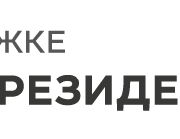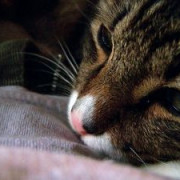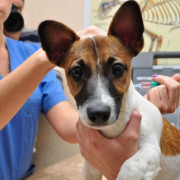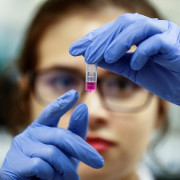Yuval noah harari: the world after coronavirus
Содержание:
Other significant clusters
The coronavirus has followed Americans wherever they gathered, spreading early this year, on cruise ships and at business conferences. As the country has reopened, new clusters have emerged at churches, restaurants and workplaces. Read more here about some of the country’s less-noticed coronavirus clusters. Because many states do not provide information about where the virus spread, no listing of clusters and local outbreaks will be complete.
|
Cases |
Location |
|
|---|---|---|
|
U.S.S. Theodore Roosevelt |
1,271 |
Guam |
|
Savannah River Site nuclear reservation |
686 |
Savannah River Site, S.C. |
|
Newport News Shipbuilding |
632 |
Newport News, Va. |
|
Wynn Las Vegas Resorts |
554 |
Las Vegas, Nev. |
|
Los Angeles Apparel clothing manufacturing facilities |
386 |
Los Angeles, Calif. |
Show all
Cases in jails and prisons
In American jails and prisons, more than 400,000 people have been infected and at least 1,800 inmates and correctional officers have died. During interviews with dozens of inmates across the country, many said they were frightened and frustrated by what prison officials have acknowledged has been an uneven response to the virus.
After more than 2,200 prisoners tested positive, a judge told San Quentin to reduce its population.
Sandy Dowell, 51, an inmate at Swannanoa Correctional Center for Women, a prison in North Carolina, said she feared for her life if the virus spreads inside the facility. She has lung disease, asthma and high blood pressure, and said she believed prisons were disregarding the lives of inmates in their handling of Covid-19. “A life is a life, isn’t it?” she said. “I mean, isn’t everyone’s life worth something?”
In early December, Ms. Dowell tested positive for the coronavirus.
|
Cases |
Location |
|
|---|---|---|
|
Avenal State Prison |
3,466 |
Avenal, Calif. |
|
Substance Abuse Treatment Facility and State Prison |
3,376 |
Corcoran, Calif. |
|
Harris County jail |
3,258 |
Houston, Texas |
|
San Quentin State Prison |
2,636 |
San Quentin, Calif. |
|
Marion Correctional Institution |
2,477 |
Marion, Ohio |
|
Carson City Correctional Facility |
2,278 |
Carson City, Mich. |
|
High Desert State Prison |
2,265 |
Susanville, Calif. |
|
Central Michigan Correctional Facility |
2,260 |
St. Louis, Mich. |
|
State Correctional Institution at Dallas |
2,255 |
Dallas, Pa. |
|
Soledad prison |
2,246 |
Soledad, Calif. |
Show all
The places hit hardest
The coronavirus has moved across the country in distinct phases, devastating one region, then another.
The Northeast experienced the worst this spring, as temporary morgues were deployed in New York City. Over the summer, cases spiked across the Sun Belt, prompting many states to tighten restrictions just weeks after reopening. By early fall, the virus was filling rural hospitals in the Midwest and West as it devastated communities that had for months avoided the pandemic’s worst. And as 2021 approached, the virus was simply everywhere, with cases emerging at or near record levels in much of the country.
The United States surpassed 3,000 deaths in a single day, and experts fear the worst is still to come.
The nation’s most populous places have all suffered tremendously. In Cook County, Ill., which includes Chicago, more than 7,200 people have died. In Los Angeles County, Calif., more than 488,000 people have had the virus, more than in most states. And in New York City, about one of every 345 residents has died.
But unlike in the early days of the pandemic, it is not so simple to say that big cities have been hit hardest. In the summer, cities along the United States-Mexico border added cases at the highest rates. For much of the fall, small and mid-sized cities in the Upper Midwest and West added cases at the highest rates. And by December, cities, suburbs and small towns alike were setting records.
Hot spots: Counties with the highest number of recent cases per resident
|
County |
Total cases |
Per 100,000 |
Daily avg.in last7 days |
Per 100,000 |
Weekly cases per capita Fewer More |
|---|---|---|---|---|---|
|
Bent, Colo. |
892 |
15,994 |
28.7 |
514.9 |
March 1 Dec. 22 |
|
Guadalupe, N.M. |
502 |
11,674 |
14.7 |
342.2 |
|
|
Crowley, Colo. |
1,578 |
26,035 |
17.3 |
285.2 |
|
|
Dawson, Mont. |
911 |
10,577 |
23.4 |
271.7 |
|
|
Lassen, Calif. |
4,156 |
13,594 |
80.9 |
264.5 |
|
|
San Bernardino, Calif. |
168,307 |
7,720 |
5,540.7 |
254.2 |
|
|
Lawrence, Ill. |
1,715 |
10,939 |
37.3 |
237.8 |
|
|
Perry, Ill. |
1,827 |
8,735 |
48.9 |
233.6 |
|
|
Glascock, Ga. |
151 |
5,082 |
6.8 |
230 |
|
|
Perry, Tenn. |
792 |
9,807 |
18.6 |
230 |
Show all
Note: Recent cases are from the last seven days.
Because outbreaks in group settings where large numbers of people are in close quarters have been a major driver of the pandemic, The Times has paid special attention to cases in nursing homes, food processing plants, correctional facilities and colleges.
Information on these cases comes directly from official releases by governments, companies and institutions. The tables below show cases that have been identified since the beginning of the pandemic, and with the exception of the table for colleges and universities, only show groups of cases where 50 or more are related to a specific site.
The soap police
Asking people to choose between privacy and health is, in fact, the very root of the problem. Because this is a false choice. We can and should enjoy both privacy and health. We can choose to protect our health and stop the coronavirus epidemic not by instituting totalitarian surveillance regimes, but rather by empowering citizens. In recent weeks, some of the most successful efforts to contain the coronavirus epidemic were orchestrated by South Korea, Taiwan and Singapore. While these countries have made some use of tracking applications, they have relied far more on extensive testing, on honest reporting, and on the willing co-operation of a well-informed public.
Centralised monitoring and harsh punishments aren’t the only way to make people comply with beneficial guidelines. When people are told the scientific facts, and when people trust public authorities to tell them these facts, citizens can do the right thing even without a Big Brother watching over their shoulders. A self-motivated and well-informed population is usually far more powerful and effective than a policed, ignorant population.
Consider, for example, washing your hands with soap. This has been one of the greatest advances ever in human hygiene. This simple action saves millions of lives every year. While we take it for granted, it was only in the 19th century that scientists discovered the importance of washing hands with soap. Previously, even doctors and nurses proceeded from one surgical operation to the next without washing their hands. Today billions of people daily wash their hands, not because they are afraid of the soap police, but rather because they understand the facts. I wash my hands with soap because I have heard of viruses and bacteria, I understand that these tiny organisms cause diseases, and I know that soap can remove them.
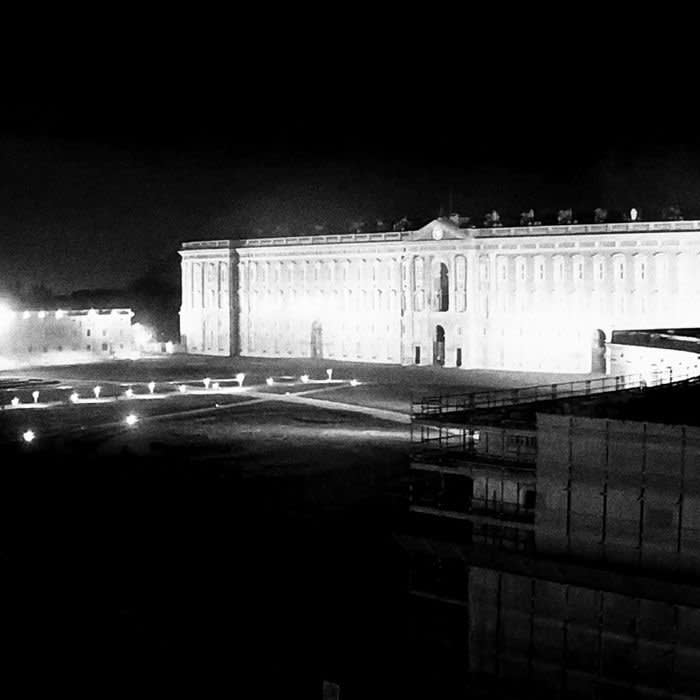
The Royal Palace of Caserta Graziano Panfili

Lungomare di Forte dei Marmi, in Versilia Graziano Panfili
But to achieve such a level of compliance and co-operation, you need trust. People need to trust science, to trust public authorities, and to trust the media. Over the past few years, irresponsible politicians have deliberately undermined trust in science, in public authorities and in the media. Now these same irresponsible politicians might be tempted to take the high road to authoritarianism, arguing that you just cannot trust the public to do the right thing.
Normally, trust that has been eroded for years cannot be rebuilt overnight. But these are not normal times. In a moment of crisis, minds too can change quickly. You can have bitter arguments with your siblings for years, but when some emergency occurs, you suddenly discover a hidden reservoir of trust and amity, and you rush to help one another. Instead of building a surveillance regime, it is not too late to rebuild people’s trust in science, in public authorities and in the media. We should definitely make use of new technologies too, but these technologies should empower citizens. I am all in favour of monitoring my body temperature and blood pressure, but that data should not be used to create an all-powerful government. Rather, that data should enable me to make more informed personal choices, and also to hold government accountable for its decisions.
If I could track my own medical condition 24 hours a day, I would learn not only whether I have become a health hazard to other people, but also which habits contribute to my health. And if I could access and analyse reliable statistics on the spread of coronavirus, I would be able to judge whether the government is telling me the truth and whether it is adopting the right policies to combat the epidemic. Whenever people talk about surveillance, remember that the same surveillance technology can usually be used not only by governments to monitor individuals — but also by individuals to monitor governments.
The coronavirus epidemic is thus a major test of citizenship. In the days ahead, each one of us should choose to trust scientific data and healthcare experts over unfounded conspiracy theories and self-serving politicians. If we fail to make the right choice, we might find ourselves signing away our most precious freedoms, thinking that this is the only way to safeguard our health.
What you can do
Experts’ understanding of how the Covid-19 works is growing. It seems that there are four factors that most likely play a role: how close you get to an infected person; how long you are near that person; whether that person expels viral droplets on or near you; and how much you touch your face afterwards. Here is a guide to the symptoms of Covid-19.
You can help reduce your risk and do your part to protect others by following some basic steps:
Keep your distance from others. Stay at least six feet away from people outside your household as much as possible.
Wear a mask outside your home. A mask protects others from your germs, and it protects you from infection as well. The more people who wear masks, the more we all stay safer.
Wash your hands often. Anytime you come in contact with a surface outside your home, scrub with soap for at least 20 seconds, rinse and then dry your hands with a clean towel.
Avoid touching your face. The virus can spread when our hands come into contact with the virus, and we touch our nose, mouth or eyes. Try to keep your hands away from your face unless you have just recently washed them.
Here’s a complete guide on how you can prepare for the coronavirus outbreak.
Mental Health
Financial losses often come with emotional strain, at the very point when people may be least likely to spend money on care for themselves.
If you are in severe distress, the number for the free, confidential National Suicide Prevention Hotline is 1-800-273-8255. It’s open at all hours. Or text HELLO to .
Many mental health practitioners do pro bono work or charge fees on a sliding scale. There does not appear to be a national directory of such providers, but there is no reason not to contact local ones to ask about low or no-cost services.
The National Alliance on Mental Illness maintains a help line that can provide referrals to local resources as well. Its number is 1-800-950-6264.
The emergency pudding
One of the problems we face in working out where we stand on surveillance is that none of us know exactly how we are being surveilled, and what the coming years might bring. Surveillance technology is developing at breakneck speed, and what seemed science-fiction 10 years ago is today old news. As a thought experiment, consider a hypothetical government that demands that every citizen wears a biometric bracelet that monitors body temperature and heart-rate 24 hours a day. The resulting data is hoarded and analysed by government algorithms. The algorithms will know that you are sick even before you know it, and they will also know where you have been, and who you have met. The chains of infection could be drastically shortened, and even cut altogether. Such a system could arguably stop the epidemic in its tracks within days. Sounds wonderful, right?
The downside is, of course, that this would give legitimacy to a terrifying new surveillance system. If you know, for example, that I clicked on a Fox News link rather than a CNN link, that can teach you something about my political views and perhaps even my personality. But if you can monitor what happens to my body temperature, blood pressure and heart-rate as I watch the video clip, you can learn what makes me laugh, what makes me cry, and what makes me really, really angry.
It is crucial to remember that anger, joy, boredom and love are biological phenomena just like fever and a cough. The same technology that identifies coughs could also identify laughs. If corporations and governments start harvesting our biometric data en masse, they can get to know us far better than we know ourselves, and they can then not just predict our feelings but also manipulate our feelings and sell us anything they want — be it a product or a politician. Biometric monitoring would make Cambridge Analytica’s data hacking tactics look like something from the Stone Age. Imagine North Korea in 2030, when every citizen has to wear a biometric bracelet 24 hours a day. If you listen to a speech by the Great Leader and the bracelet picks up the tell-tale signs of anger, you are done for.

Veduta della Casa Universitaria in Lodi Graziano Panfili
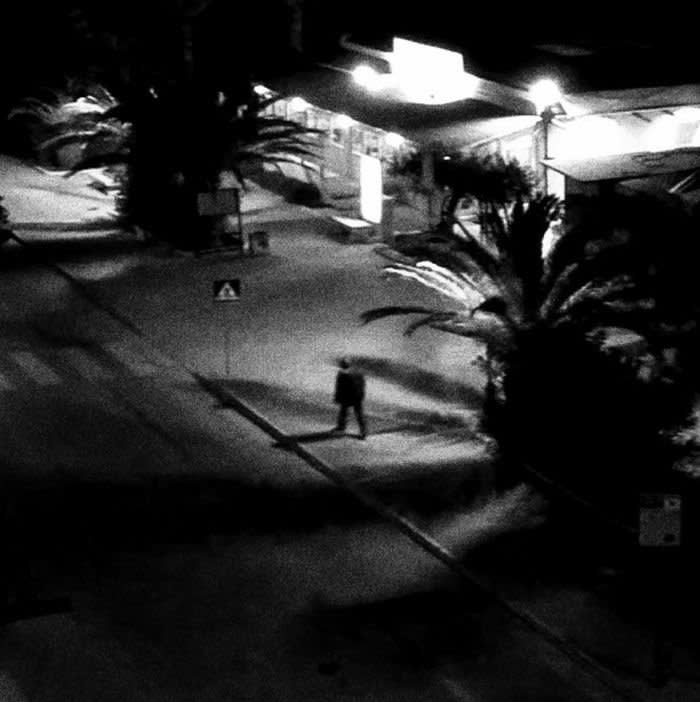
Spiaggia di Porto San Giorgio, Mare Adriatico Graziano Panfili
You could, of course, make the case for biometric surveillance as a temporary measure taken during a state of emergency. It would go away once the emergency is over. But temporary measures have a nasty habit of outlasting emergencies, especially as there is always a new emergency lurking on the horizon. My home country of Israel, for example, declared a state of emergency during its 1948 War of Independence, which justified a range of temporary measures from press censorship and land confiscation to special regulations for making pudding (I kid you not). The War of Independence has long been won, but Israel never declared the emergency over, and has failed to abolish many of the “temporary” measures of 1948 (the emergency pudding decree was mercifully abolished in 2011).
Even when infections from coronavirus are down to zero, some data-hungry governments could argue they needed to keep the biometric surveillance systems in place because they fear a second wave of coronavirus, or because there is a new Ebola strain evolving in central Africa, or because . . . you get the idea. A big battle has been raging in recent years over our privacy. The coronavirus crisis could be the battle’s tipping point. For when people are given a choice between privacy and health, they will usually choose health.

